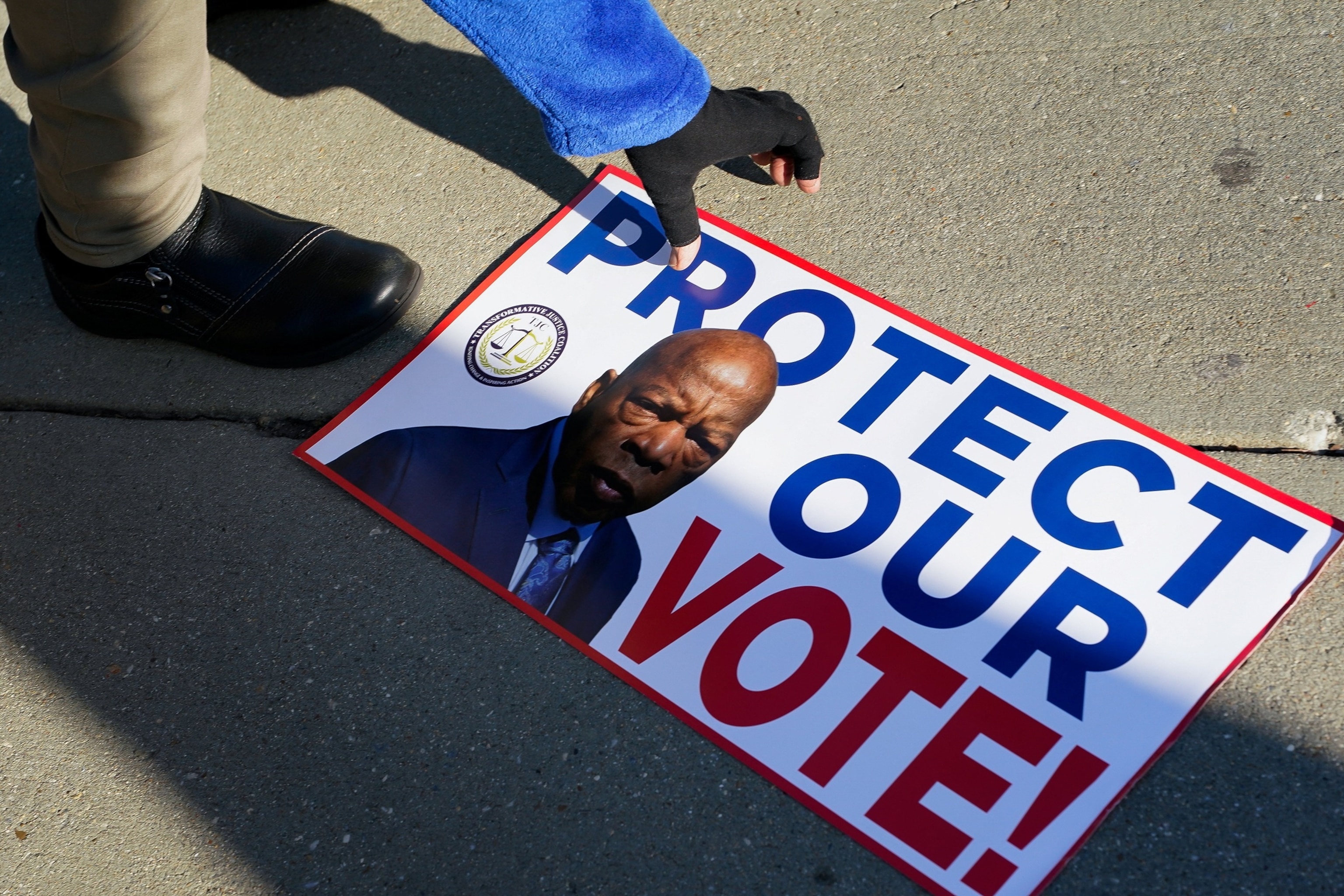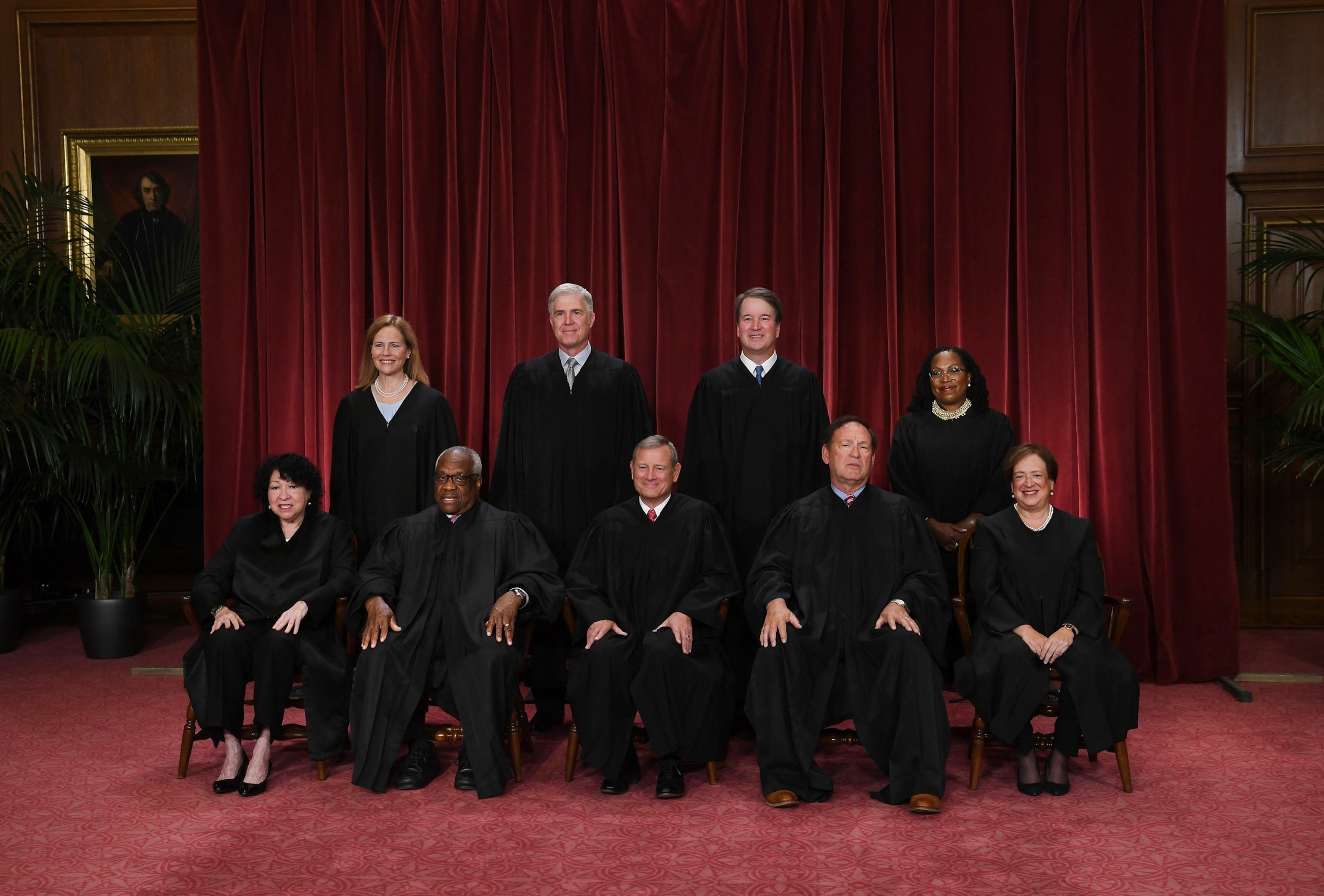

The Supreme Court on Wednesday appeared ready to limit how a key part of the Voting Rights Act long aimed at protecting equal opportunity for racial minority voters is applied to the drawing of state election maps.
During oral arguments in a complicated case challenging the drawing of a second majority-black district in Louisiana, the court’s conservative majority suggested race may have improperly predominated as a factor in its creation.
At the same time, it was not clear whether a majority of the court was prepared to issue a more sweeping ruling that any use of race as a factor in redistricting is unconstitutional.

A decision in Louisiana’s favor could, at the very least, require the state to redraw its map under more race-neutral criteria ahead of the 2026 midterm election. The two majority-black districts are represented by Democrats.
A broader conclusion in the case could upend congressional maps nationwide, potentially triggering the redrawing of race-neutral districts in multiple states and in turn putting minority representation at risk in legislatures nationwide.

The court's longstanding precedents have said that race cannot be a primary motivating factor when drawing congressional districts under the equal protection clause of the 14th Amendment, but they also grant states have breathing room to consider race in order to comply with the Voting Rights Act.
This is a developing story. Please check for updates.
